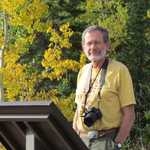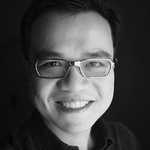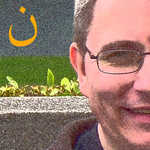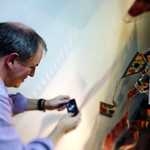Series on Seeing 1
Last night, Norwood Hanson’s Patterns of Discovery fell into my hand for the first time in many years, causing me vividly to remember the excitement of first reading his introductory four chapters. It is perhaps interesting that I feel no shame in admitting never to have read a single word of his concluding chapters on classical and elementary particle physics. I am no physicist. But, more importantly, I take seriously Wittgenstein’s injunction to “treat of the network and not of what the network describes.”
In other words, Hanson’s discussion of seeing and perception is what interests me. His wealth of illustration in the descriptive, empirical propositions of the sciences, I am happy to leave to others to explain, or explain away.
When, in his opening chapter, Hanson memorably asserted “there is more to seeing than meets the eyeball,” in one brief sitting, he entirely convinced me of the notion that all observation comes to us theory-laden. Or to put it another way, observation and experience are not so much the basis of our theorizing as the other way round: the theories we already hold strongly influence how and what we see.
It’s no wonder then that, a year or so later, when I came upon E.H. Gombrich’s Art and Illusion: A Study in the Psychology of Pictorial Representation I was ready, with him, to consider the question: how much of what we call ‘seeing’ is influenced by cultural habit and belief, and most especially by ideological commitment, by confirmed prejudice, and even by simple expectation.
All these ideas have been further elaborated, and, handsomely - even lavishly - illustrated in several of the university textbooks I published in the eighties. For anyone interested in these questions, you may want to take a look at my Imagining Landscapes.
Filed Under
Other moments in Aireys Inlet
-
Burning, poem, Books
Burning the Books
in Aireys Inlet, Australia -
Today's Sunrise, poem
Beginning or End?
in Aireys Inlet, Australia -
Verses for Emlyn, Grandfathers, family fun
Grandad Wade
in Aireys Inlet, Australia -
Verses for Emlyn, Roses, flowers
Beauty
in Aireys Inlet, Australia -
The Small Things, Depression
Small blessings #4: Just a touch of rose.
in Aireys Inlet, Australia -
Verses for Emlyn, birds, bird bath
Seven
in Aireys Inlet, Australia -
Atheism, Today's Sunrise
Glory
in Aireys Inlet, Australia -
Today's Sunrise, Today's Coffee, health
Morning Cuppa
in Aireys Inlet, Australia -
Verses for Emlyn, kangaroo, wildlife
Alert
in Aireys Inlet, Australia









